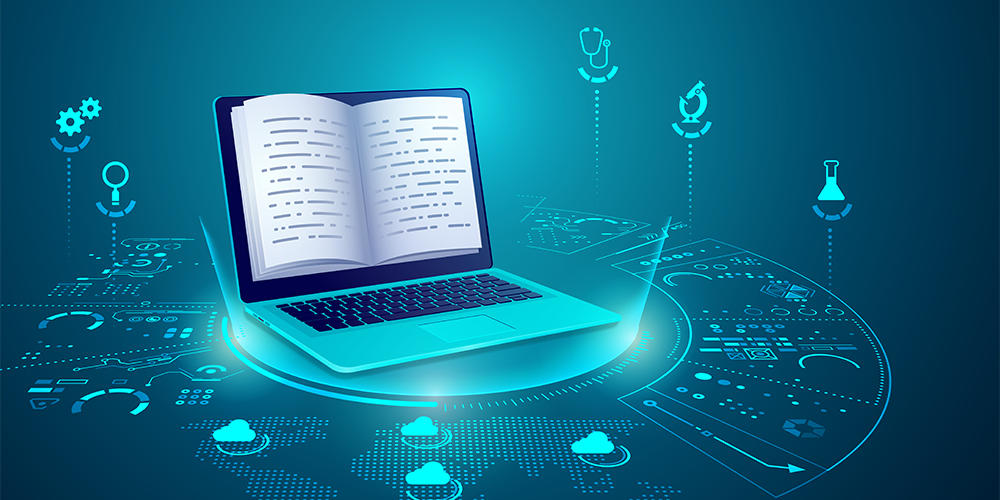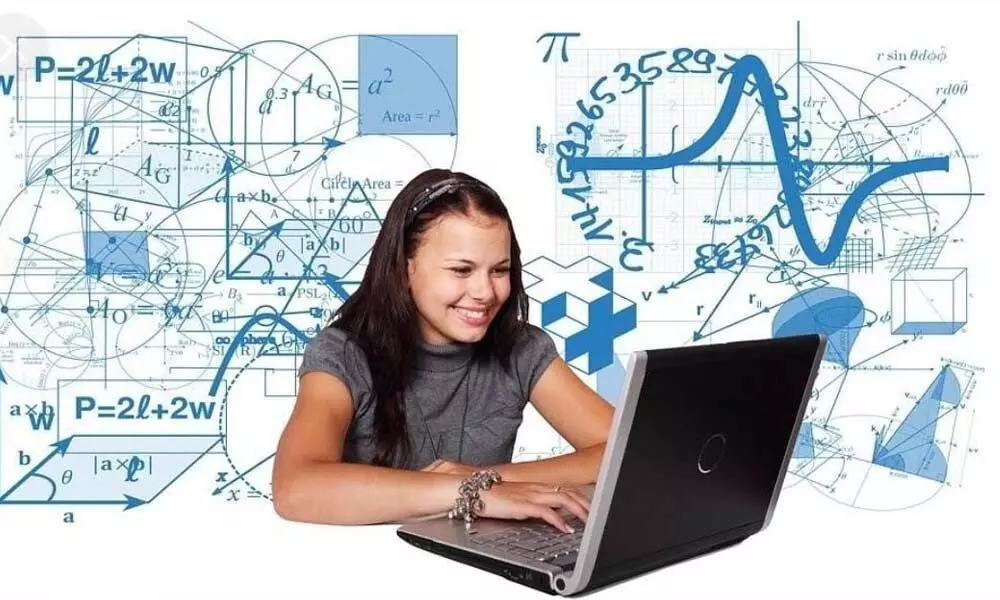Cutting-edge Methods for Enhancing Innovation Education in Today's Learning Environments
The evolving landscape of modern technology education and learning requires a reevaluation of traditional instructional techniques to better gear up students for the intricacies of the contemporary world. Cutting-edge methods, such as hands-on knowing experiences and collaborative project-based campaigns, play a crucial duty in connecting theoretical principles with useful applications. Additionally, the assimilation of on the internet sources and gamification can improve engagement and inspiration among students. As we check out these methodologies, it comes to be critical to think about how personalized discovering can even more improve the academic experience and cultivate a deeper link between students and innovation. What might this mean for the future of education?
Hands-On Discovering Experiences
Hands-on understanding experiences serve as a foundation in innovation education and learning, properly bridging the gap between theoretical understanding and functional application. These experiential tasks make it possible for pupils to involve straight with devices, software, and technology, fostering a deeper understanding of concepts that are typically abstract in standard class setups.
By integrating hands-on discovering, instructors can promote a setting where pupils can experiment, introduce, and troubleshoot. This strategy not only grows technological abilities yet additionally boosts analytic capacities, as trainees are motivated to face real-world difficulties. Hands-on experiences typically lead to enhanced student inspiration and engagement, as students see the instant relevance of their studies to functional circumstances.
Additionally, such experiences can take different kinds, consisting of laboratory experiments, simulations, and interactive tasks, all of which accommodate different knowing designs. The integration of hands-on learning in technology education additionally advertises retention of information, as pupils are more probable to keep in mind concepts they have actually actively collaborated with as opposed to passively observed. Generally, hands-on experiences are vital in preparing students for the intricacies of the modern technical landscape, equipping them with the skills and self-confidence needed to do well in their future professions.
Joint Project-Based Knowing
Joint project-based knowing encourages students to interact in teams to attend to complex, real-world issues, cultivating important abilities for the modern workforce. This strategy encourages active interaction, critical thinking, and creative thinking, as students discuss duties, share responsibilities, and jointly devise services. By submersing themselves in projects that show genuine obstacles, learners establish a deeper understanding of the topic while sharpening their capability to connect and work together efficiently.
In modern technology education, joint project-based knowing can manifest with interdisciplinary tasks that integrate aspects of style, engineering, and coding. Students might collaborate to create a mobile application or design a prototype that addresses a societal problem, requiring them to integrate different technological ideas and devices. This experiential learning not just boosts technological effectiveness but also cultivates problem-solving skills and adaptability.
Furthermore, such collaborative undertakings advertise a sense of community among pupils, promoting interpersonal partnerships and a shared dedication to their job outcomes. As they browse the intricacies of synergy, students find out to value diverse perspectives and take advantage of each other's staminas, preparing them for future expert atmospheres where partnership is important. Inevitably, joint project-based learning is a keystone of efficient innovation education.
Integration of Online Resources

The integration of on the internet sources promotes accessibility to updated information and sector criteria, which is essential in a quickly advancing technological landscape. By leveraging platforms such as MOOCs (Huge Open Online Courses) and specialized great site training sites, teachers can supplement standard curricula with real-world applications, allowing pupils to involve with current patterns and techniques.

Eventually, the thoughtful combination of online resources in modern technology education and learning fosters a more vibrant, interesting, and pertinent knowing experience, gearing up pupils with the abilities and understanding needed to thrive in a progressively digital world.
Gamification Strategies in Education
The consolidation of gamification techniques in education and learning stands for a powerful approach to additionally involve pupils and improve their understanding experiences. By incorporating game-like aspects such as points, badges, and leaderboards into the educational program, educators can boost motivation and promote a feeling of competition amongst students. These techniques urge engagement and persistence, specifically in topics that might or else show up discouraging.
Gamification can take different forms, including click to find out more interactive quizzes, joint tasks, and immersive simulations, which allow pupils to apply their expertise in practical contexts. This interactive method not just makes discovering pleasurable but also reinforces crucial principles with rep and prompt feedback. As pupils development, they can track their success, advertising a development attitude and a sense of accomplishment.
Additionally, gamification assists in distinguished instruction by dealing with varied discovering designs and rates. Trainees are equipped to take possession of their learning journey, enabling a much more individualized educational experience. In a progressively electronic globe, the use of gamification methods can bridge the gap between traditional education and learning and contemporary technical innovations, eventually preparing pupils for future challenges.
Personalized Learning Approaches
Customized discovering methods are progressively recognized as crucial for attending to the varied needs and choices of trainees in today's instructional landscape. These approaches encourage learners by tailoring instructional experiences to private passions, toughness, and learning speeds, therefore enhancing involvement and retention.
In modern technology education and learning, personalized understanding can take various kinds, including adaptive understanding technologies, personalized educational programs, and project-based discovering tailored to student rate of interests. Platforms that make use of artificial knowledge can assess a student's performance data to suggest particular sources or activities that straighten with their discovering design.
In addition, customized learning urges student company, allowing students to set goals and pick pathways that resonate with their aspirations (Education). This freedom promotes a deeper link to the material, ultimately leading to enhanced end results
Educators play an essential role in this process, employing developmental analyses to keep an eye on progression and adjust guideline as necessary. Joint devices and digital profiles can also promote individualized understanding, permitting students to review their journeys and display their accomplishments.
Conclusion
To conclude, enhancing modern technology education in contemporary learning atmospheres necessitates the application of innovative methods that focus on hands-on discovering, collective tasks, and the combination of on the internet resources. Gamification strategies serve to increase interaction and motivation, while individualized knowing approaches fit individual staminas and foster pupil firm. Collectively, these techniques produce a vibrant academic experience that prepares students for real-world obstacles and cultivates crucial skills for future success more in a quickly evolving technical landscape.
As we explore these methods, it comes to be vital to consider how customized understanding can additionally enrich the academic experience and cultivate a deeper connection in between pupils and innovation. The assimilation of hands-on knowing in modern technology education additionally advertises retention of information, as pupils are extra likely to keep in mind concepts they have actually proactively worked with instead than passively observed.The consolidation of gamification strategies in education and learning stands for an effective approach to even more involve trainees and enhance their discovering experiences. Trainees are encouraged to take ownership of their learning trip, permitting for a more customized instructional experience.In final thought, boosting technology education and learning in modern learning environments requires the execution of ingenious approaches that prioritize hands-on discovering, joint tasks, and the integration of online sources.